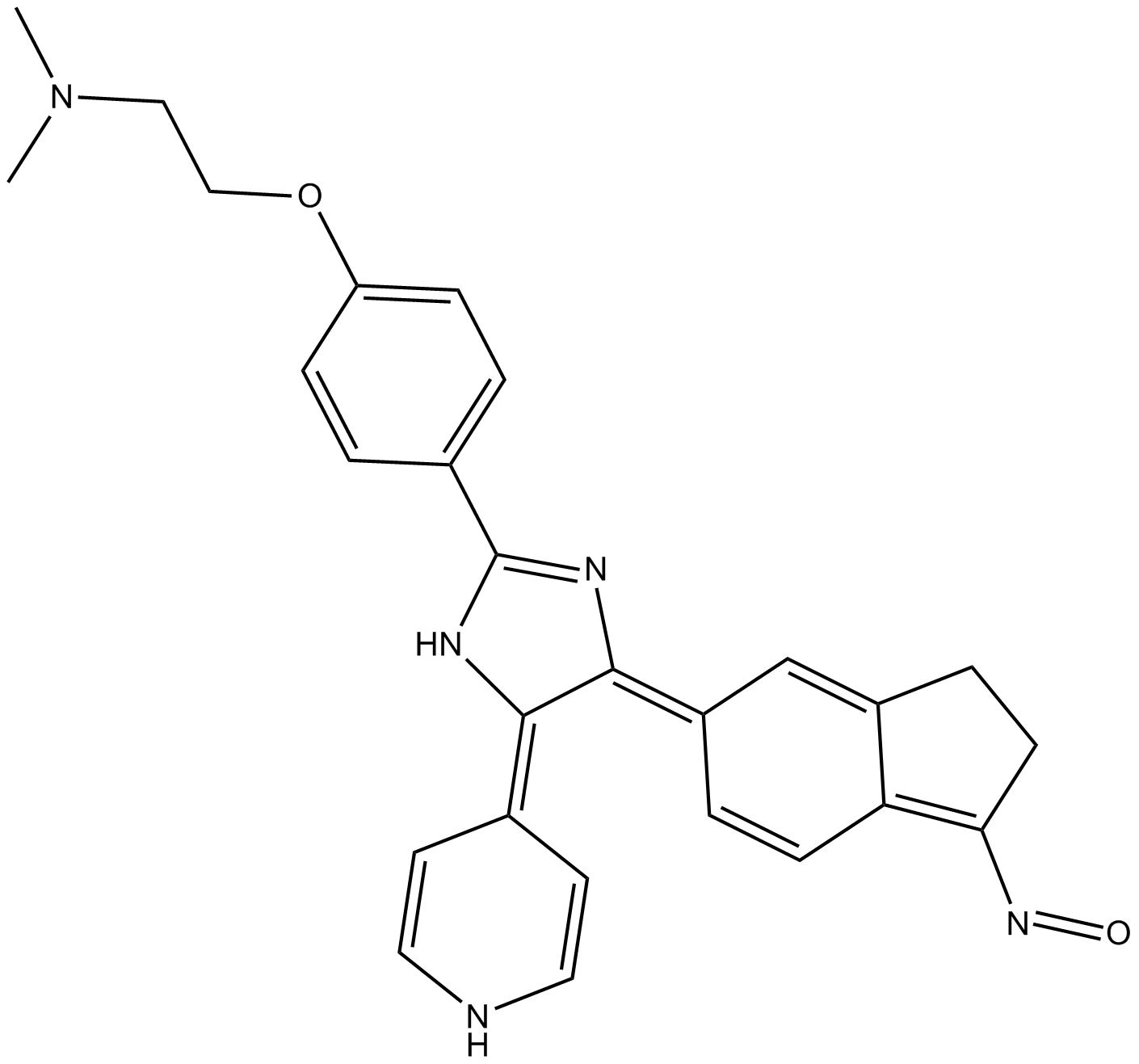Archives
br Acknowledgements We thank the researchers who contributed
Acknowledgements
We thank the researchers who contributed samples  used in this study to the 1KP initiative. Database searches and phylogenetic analysis by the Fast Minimum Evolution method was performed by A.S. and S.M. in Moscow State University with financial support of the Russian Science Foundation (Grant 14-14-00053). Phylogenetic analysis by neighbour-joining method was performed by A.T. in Moscow State University with support of the Russian Foundation for Basic Research (Grant 15-04-06027).
used in this study to the 1KP initiative. Database searches and phylogenetic analysis by the Fast Minimum Evolution method was performed by A.S. and S.M. in Moscow State University with financial support of the Russian Science Foundation (Grant 14-14-00053). Phylogenetic analysis by neighbour-joining method was performed by A.T. in Moscow State University with support of the Russian Foundation for Basic Research (Grant 15-04-06027).
Data
See Supplementary Table 1
Experimental design, materials and methods
Acknowledgements
This work was supported by Ph.D. Programs Foundation of Ministry of Education of China (20130204110023), Ministry of Education and State Administration of Foreign Experts Affairs “overseas teacher” Project (No. MS2011XBNL057), China, The Key Construction Program of International Cooperation Base in S&T, Shaanxi Province (2015SD0018), China.
Data
Acylglycerophosphate acyltransferase/lysophosphatidic O4I1 acyltransferase (AGPAT/LPAAT) proteins catalyze the second step in the de novo synthesis of glycerophospholipids and triacylglycerols [2]. Largely identified through sequence homology, eleven AGPATs have been found in mice and humans [3]. A previous report by our laboratory identified AGPAT4 as a mitochondrial lysophosphatidic acid acyltransferase that is most highly expressed in brain [1]. To determine if AGPAT4 protein is immunodetectable in neurons and/or in glia, we performed immunohistochemistry on mixed cultures of primary cortical cells derived from brains of E18.5 embryonic mice. Cells were grown on coverslips for 7 days in Neurobasal® medium with B27 supplementation to promote neuronal differentiation. Primary neurons were identified as cells expressing the neuron-specific intermediate filament NESTIN, or cells positively co-staining with the fluorescent green Nissl stain Neurotrace 500/525®. Glial cells were identified as cells that were immunopositive for glial fibrillary acidic protein (GFAP). AGPAT4 showed a diffuse, punctate staining (Fig. 1) and was found to co-localize in cells that were identified as positive for either Nissl stain or immunodetectable NESTIN, indicating the presence of this enzyme in primary cortical neurons (Fig. 1). AGPAT4 was also detected in cells that co-express GFAP, indicating that it is also found in glial cells (Fig. 1).
Embryogenesis is a time of rapid cellular and organellar growth, which supports organogenesis. Development of cell membranes for expansion of specialized structures such as the central nervous system requires phospholipid biosynthesis, which requires the function of AGPATs. To determine whether Agpat4 mRNA is regulated during embryogenesis, total RNA was isolated from mouse embryos on developmental days E10.5, E14.5, and E18.5, and analyzed by RT-qPCR for relative Agpat4 mRNA expression normalized to 18s expression by the delta Ct method (Fig. 2). Agpat4 was upregulated 3.7-fold at developmental day E14.5 as compared to day E10.5. Agpat4 mRNA levels then decreased to only 4% of developmental day 14.5 levels immediately prior to birth, on day E18.5.
Experimental design, materials and methods
Acknowledgments
The authors thank Jean Flanagan and Angela Wagler for expert assistance in animal care. Additionally, we thank Chris Lange for his technical assistance in preparation of the manuscript. This work was supported by grants to RED from the Canada Foundation for Innovation – Leader׳s Opportunity Fund and Ontario Research Fund (Project 30259), and a Discovery Grant (#418213-2012) from the Natural Sciences and Engineering Research Council (NSERC) of Can ada. EBM was supported by an NSERC undergraduate student research fellowship and is the recipient of an NSERC PGS-M Master׳s Scholarship.
ada. EBM was supported by an NSERC undergraduate student research fellowship and is the recipient of an NSERC PGS-M Master׳s Scholarship.
Data
DNA methyltransferase 3B (DNMT3B: NM_006892.3) and methylenetetrahydrofolate reductase (MTHFR; NM_005957.4) are two key genes which encode enzymes critical to 1C metabolism, disruption of which has increasingly been implicated in colorectal cancer etiology [1,2]. DNA methylation involves the covalent addition of a methyl group to cytosine residues that precede guanine (CpG) and is the most commonly studied epigenetic process [3]. In the present work, among 272 patients undergoing a screening colonoscopy, we present the data of leukocytic methylation levels quantified using the Sequenom EpiTYPER® technology for 66 and 28 CpG sites in the DNMT3B and MTHFR genes, respectively. The data are related to the research article “Gene-specific DNA methylation of DNMT3B and MTHFR and colorectal adenoma risk” in Mutation Research – Fundamental and Molecular Mechanisms of Mutagenesis [4].